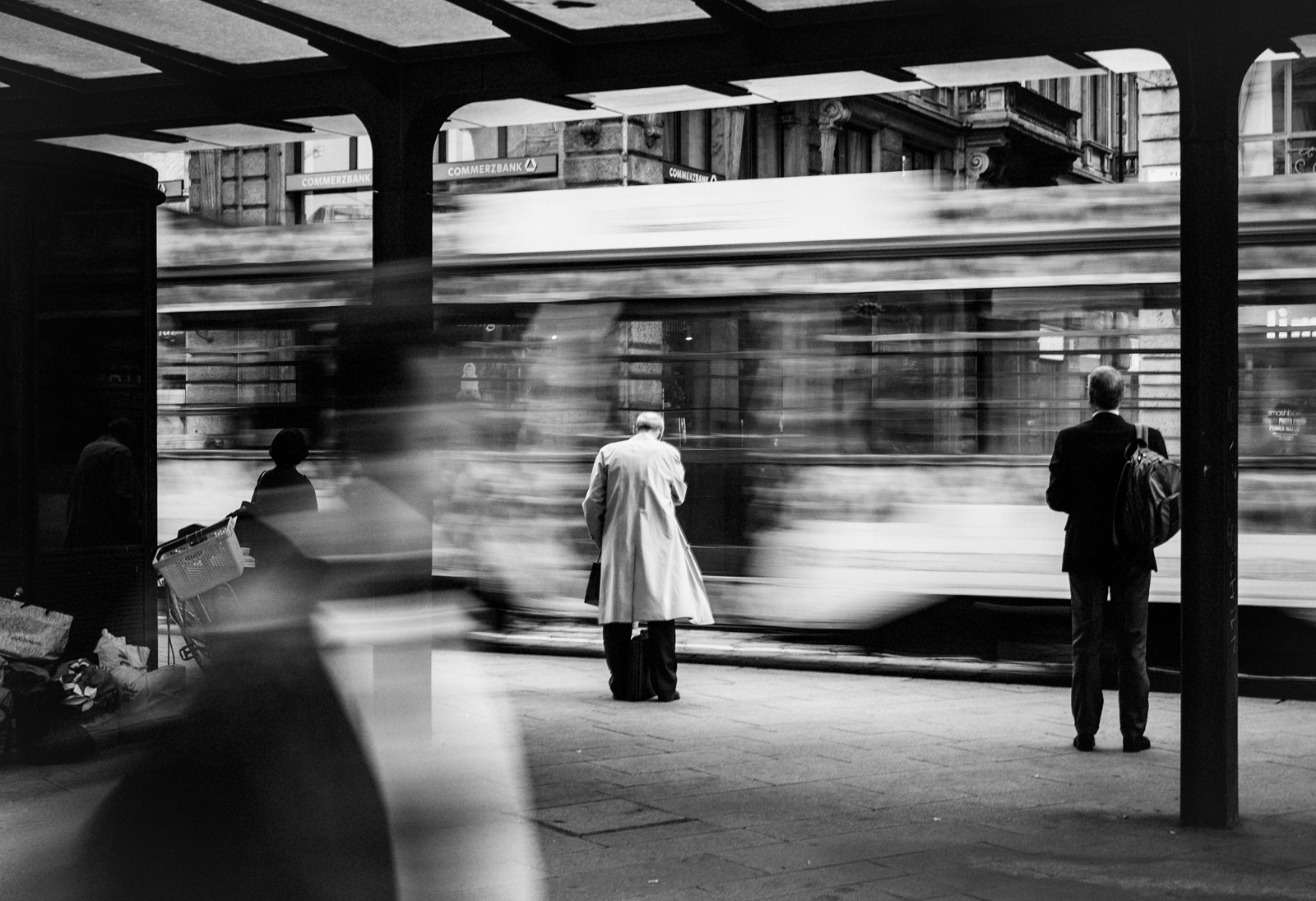Getting The Framing Streets To Work
The Greatest Guide To Framing Streets
Table of ContentsThe Best Guide To Framing StreetsThe Single Strategy To Use For Framing StreetsFraming Streets for DummiesThe Greatest Guide To Framing StreetsThe Buzz on Framing StreetsNot known Details About Framing Streets
Photography genre "Crufts Pet dog Show 1968" by Tony Ray-Jones Street digital photography (additionally often called candid photography) is digital photography conducted for art or questions that includes unmediated opportunity encounters and arbitrary events within public locations, normally with the objective of catching photos at a definitive or emotional minute by careful framework and timing. His boots and legs were well specified, but he is without body or head, since these were in motion." Charles Ngre, waterseller Charles Ngre. https://businesslistingplus.com/profile/framingstreets1/ was the initial photographer to achieve the technological elegance needed to sign up people in motion on the street in Paris in 1851. Photographer John Thomson, a Scotsman dealing with reporter and social lobbyist Adolphe Smith, released Road Life in London in twelve regular monthly installments starting in February 1877
The smart Trick of Framing Streets That Nobody is Discussing
Eugene Atget is considered as a progenitor, not due to the fact that he was the first of his kind, yet as an outcome of the popularisation in the late 1920s of his document of Parisian streets by Berenice Abbott, that was motivated to undertake a similar documentation of New york city City. [] As the city developed, Atget helped to promote Parisian streets as a deserving subject for digital photography.

How Framing Streets can Save You Time, Stress, and Money.
The chief Mass-Observationists were anthropologist Tom Harrisson in Bolton and poet Charles Madge in London, and their very first record was produced as guide "May the Twelfth: Mass-Observation Day-Surveys 1937 by over 2 hundred observers" [] Home window cleaner at Kottbusser Tor, Berlin, by Elsa Thiemann c. 1946 The post-war French Humanist Institution professional photographers discovered their topics on the street or in the restaurant. Between 1946 and 1957 Le Groupe des XV each year showed job of this kind. Andre Kertesz. Circus, Budapest, 19 May 1920 Street digital photography developed the major content of two exhibitions at the Museum of Modern Art (Mo, MA) in New york city curated by Edward Steichen, Five French Professional Photographers: Brassai; Cartier-Bresson, Doisneau, Ronis, Izis in 1951 to 1952, and Post-war European Digital Photography in 1953, which exported the idea of street photography worldwide.
The Best Guide To Framing Streets
The recording device was 'a covert electronic camera', a 35 mm Contax concealed under his coat, that was 'strapped to the breast and connected to a lengthy cable strung down the best sleeve'. However, his work had little contemporary influence as as a result of Evans' sensitivities concerning the originality of his job and the personal privacy of his subjects, it was not released until 1966, in guide Several Are Called, with an intro created by James Agee in 1940.
Helen Levitt, after that a teacher of children, connected with Evans in 193839. She recorded the temporal chalk illustrations - Lightroom presets that became part of youngsters's road culture in New york city at the time, as well as the youngsters that made them. In July 1939, Mo, MA's brand-new photography section included Levitt's operate in its inaugural exhibitionRobert Frank's 1958 book,, was significant; raw and often indistinct, Frank's photos questioned traditional digital photography of the time, "challenged all the formal regulations put down by Henri Cartier-Bresson and Pedestrian Evans" and "contradicted the wholesome pictorialism and heartfelt photojournalism of American magazines like LIFE and Time".